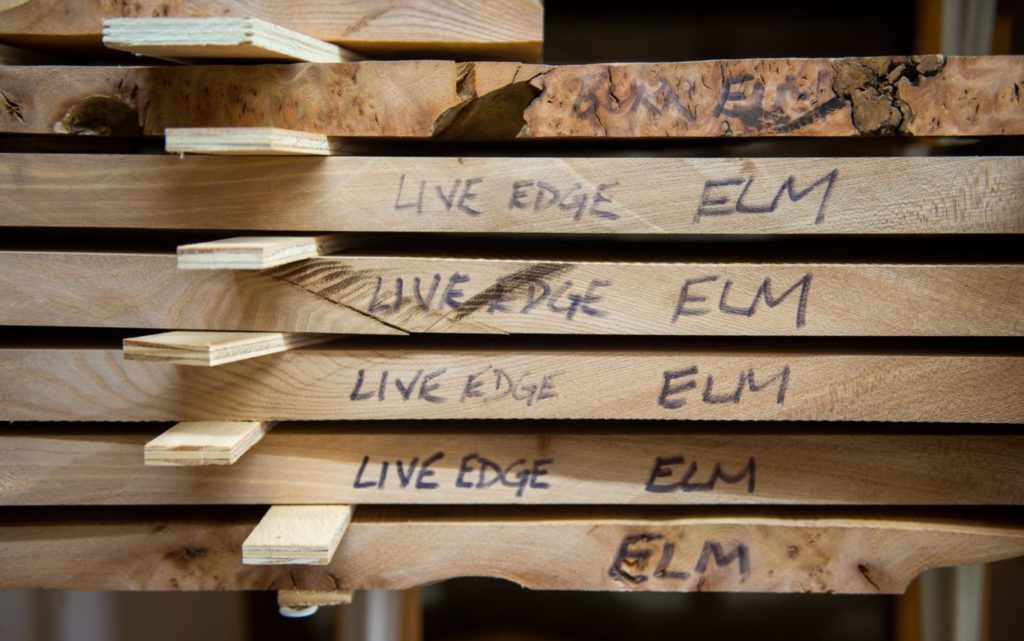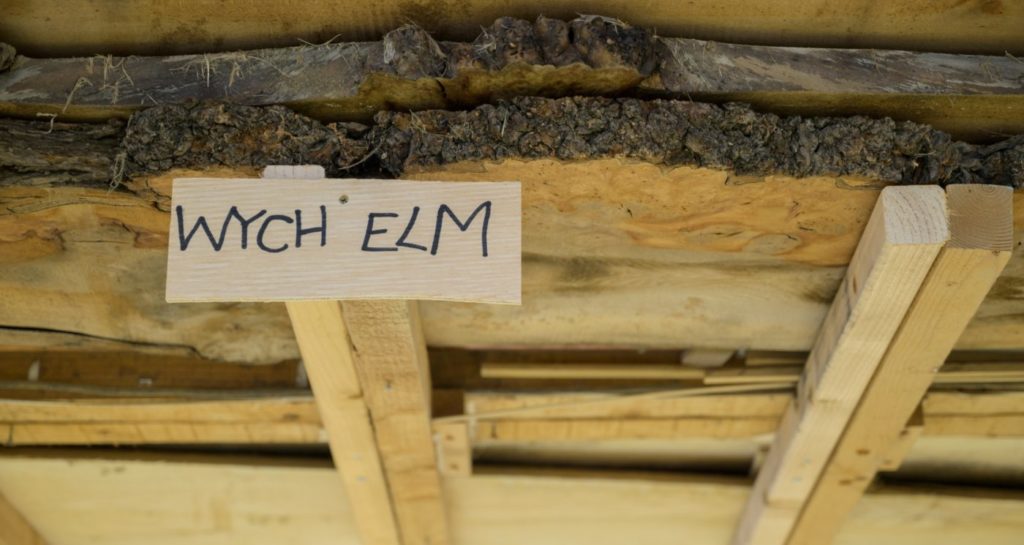For new woodworkers and furniture makers just starting out, there are so many questions to answer and potential pitfalls to navigate – one of the most obvious (and most important!) is where to source your wood, and how to go about it.
The simple questions are often the vital ones, and there’s nothing more important to a woodworker than where they get their raw material. Chippendale School Principal, Tom Fraser, has many years of experience sourcing wood for our School – read his top tips for buying wood below.
Look to local sources
Source your timber locally if you can – not only is it more sustainable, but it also helps you make connections within the woodworking community. By fostering relationships with local tree surgeons, they will be more inclined to get in touch with you if they come across a furniture-grade hardwood tree, instead of turning it into logs or woodchips.
There will also be an abundance of wood available from landowners in your local area looking to clear storm-damaged trees. Sometimes they might offer it for free, or perhaps they will want a piece of furniture made from it – either way, it’s worth asking around!
This wood will be a less expensive option than that sold at a timber merchant, but the tree will often need to be transported to a sawmill unless a mobile sawmill is used, which will incur an additional cost.

Stack your own wood
If you have the outside space to air-dry stacks of timber yourself, then it’s a good idea to do so. It’ll be a few years before you are able to make use of it because it takes time for the wood to season, but there are a number of benefits to doing this yourself, including saving on costs.
There is a fair bit of skill and labour involved in stacking the wood in the correct way, but it’s worth it to keep the wood in a stable condition so that it’s in top condition when you do come to use it.

Getting specific
Customers quite often have a clear idea of what species they want their furniture maker to use, and they don’t have years to wait for the material to be seasoned to the right condition. So, ordering pre-seasoned, kiln-dried wood is the only option for these kinds of specific requests.
This means ordering timber from a merchant at a higher price – it will not have as much character as wildwood sourced locally, but it is less likely to warp.
There will also be a much wider variety of species to choose from; we import species from all over the world – including North America, Europe, and Africa.

Choosing your suppliers
In Scotland, we are fortunate to have several great suppliers of interesting, unique boards – like Scottish Wood in West Fife and Real Wood Studios in Jedburgh, for example.
At the School, we tend to order a lot of timber from Paterson Timber in Glasgow. With the graduates and students regularly looking to order timber, we can share the cost of delivery which is beneficial for everyone. If you share a studio space with other makers, it is well worth coordinating deliveries to save some money.
As with all aspects of woodworking, it’s important to be as sustainable as possible when sourcing wood for your projects. Make sure to check that all timber you order is FSC certified, which means that it was independently accredited as being responsibly sourced.
—
Hopefully Tom’s insight and quick tips have helped to answer the questions you might have about buying wood for your next furniture project. If you have any other questions for Tom or the Chippendale School team, don’t hesitate to message us on Facebook.
Our Professional Course students are taught about every step of the woodworking process – from sourcing timber right through to how to market your new furniture-making business.
Sign up for our 2023/24 Professional Course here.
